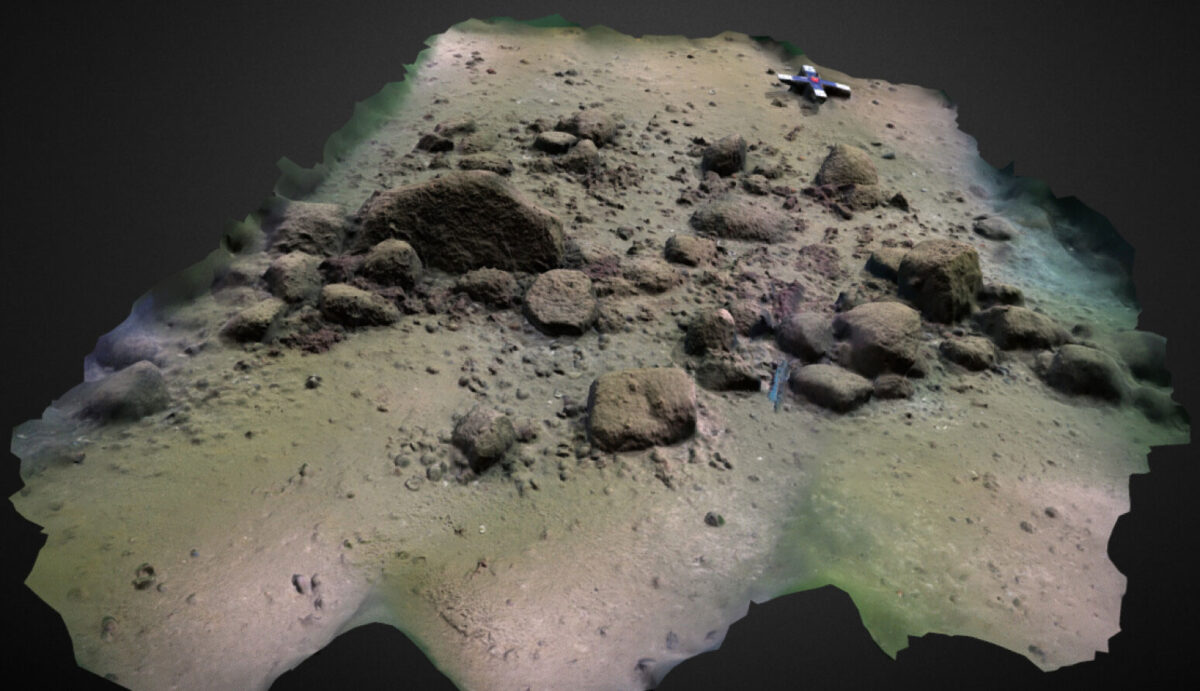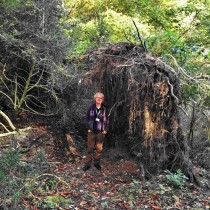Researchers have discovered a 970-metre-long megastructure of linear arranged stones located in 21 m. water depth in the Bay of Mecklenburg, Germany. The results of their study have been published in PNAS.
While structures from the Stone Age can provide valuable information about the Late Glacial and Mesolithic cultures around the Baltic Sea, usually they did not survive. This megastructure is therefore a rare find.
Researchers believe it was built by hunter-gatherers more than 10,000 years ago. Then, it drowned during the Littorina transgression, the most important physiographic and environmental change in the Holocene history of the Baltic Sea: as a response to Holocene eustatic sea-level rise, the Danish straits were inundated and marine waters entered the Baltic Basin. The structure remained hidden on the seafloor.
The discovery of this and other preserved Stone Age structures requires cross-disciplinary approaches between archaeology and marine geosciences. Researchers used a combination of “shipborne and autonomous underwater vehicle hydroacoustic data with up to a centimeter range resolution, sedimentological samples, and optical images”.
1,673 stones of usually less than 1 m. height constitute the structure. The arrangement of these stones can’t be the result of a glacial transport or ice push ridges. Researchers further conclude that the stonewall, or the “Blinkerwall”, which runs adjacent to the sunken shoreline of a paleolake (or bog), was likely used for hunting the Eurasian reindeer.
Being of the oldest documented man-made hunting structures on Earth and among the largest known Stone Age structures in Europe, it provides unique insight in subsistence strategies, mobility patterns and territorial development in the Western Baltic Sea region.





